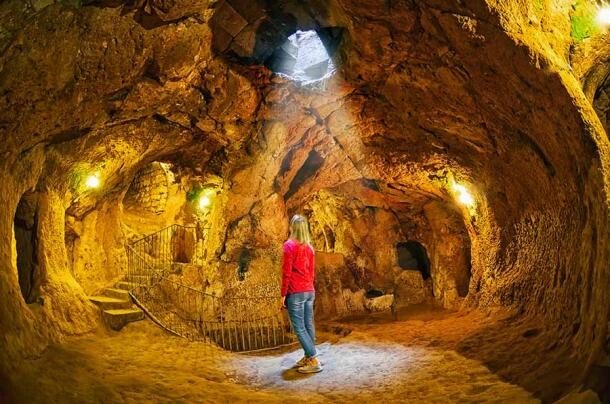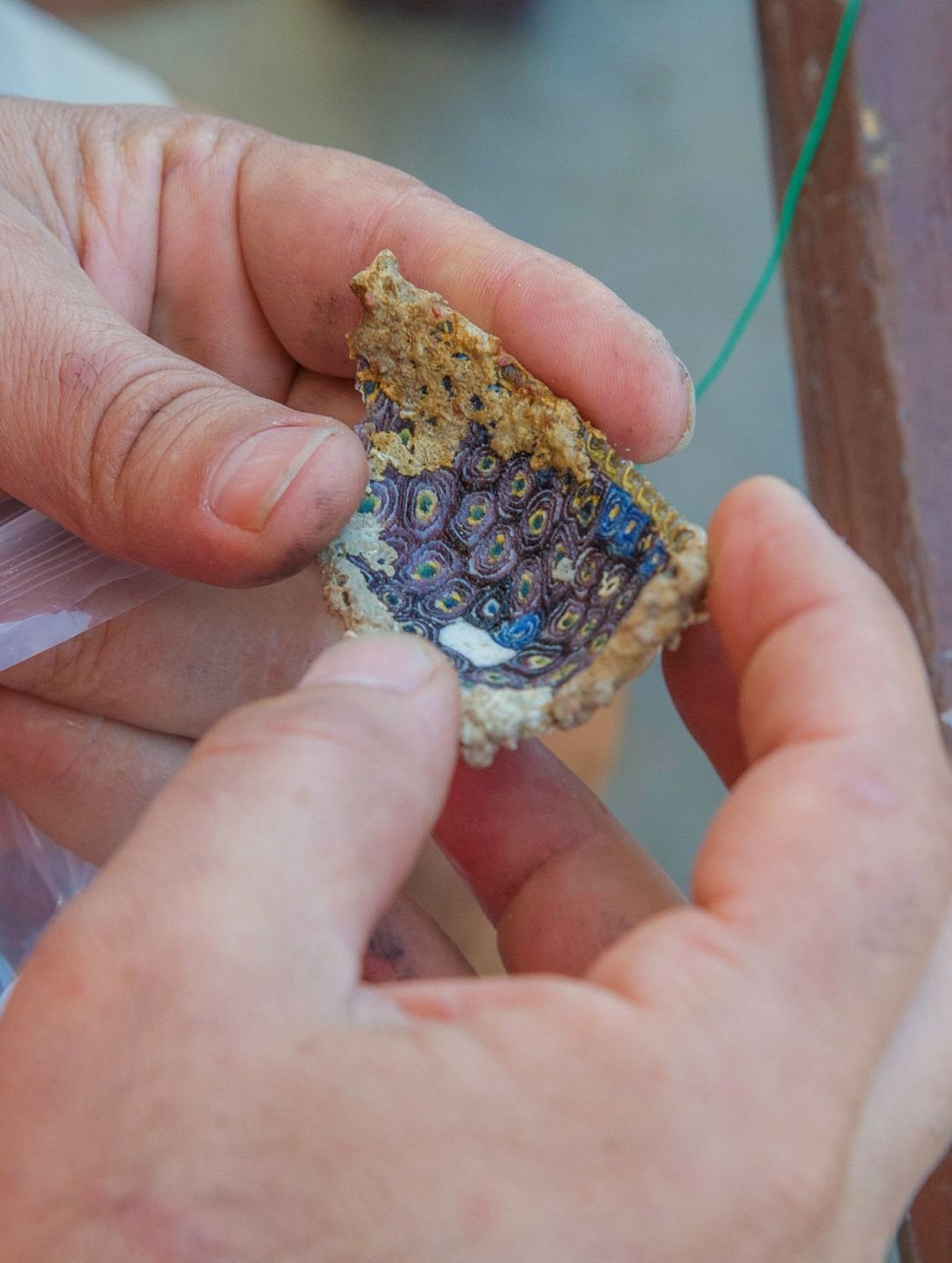In the Salalat Gardens, the park in Alexandria, Egypt, archaeologist Kalliopi Papakosta searches for traces of Alexander the Great, and a few years ago she came across another important find that revived her hopes.
Papakosta's assistants called her to examine a piece of white marble that had been found in the park. She herself had been disappointed with the excavation, but when she saw the white stone shimmer, she gained new hope. "I was hoping it was not just a piece of marble," she said, and in the end she was right, as National Geographic writes in its tribute.
The artifact turned out to be an early Hellenistic statue bearing the seal of Alexander the Great. This was a strong incentive for the archaeologist to continue the excavations. Seven years later, Papakosta, who directs the Hellenic Research Institute of Alexandrian Culture, has dug dozens of meters beneath modern Alexandria and uncovered the ancient city's royal quarter.
"This is the first time the original foundations of Alexandria have been found," says Fredrik Hiebert, an archaeologist with the National Geographic Society. Archeologists believe that one of the greatest finds in archeology, the lost tomb of Alexander the Great, may be located at this site. Alexander the Great died in 323 BC at the age of 32, and the mystery surrounding his burial begins shortly thereafter with reports from historians showing why his discovery is a complex matter.
It is believed that Alexander's body was first buried in the ancient city of Memphis in Egypt and then in the city that bears his name. There his tomb was worshiped as a temple to a god.
But Alexandria and the tomb of its founder were threatened by nature. A decade before Alexander's birth, in 356 BC, the city was hit by a tsunami. This disaster marked the beginning of a long series of earthquakes and rising sea levels that continue to threaten Alexandria today.
As sea levels rose, the waters of the Nile Delta, where Alexandria is located, flooded the ancient part of the city at a rate of up to 0.25 centimeters per year. The city survived, but over time its foundations were buried and fell into oblivion, as did the site of Alexander's tomb.
Although ancient writers such as Strabo described the tomb, its location in relation to the modern city remains a mystery. There are records of nearly 140 officially sanctioned excavations, but all have failed.
Hope for a historical find keeps the Papakosta excavation alive, based on ancient evidence and a 19th century map of Alexandria. Modern technology is used to determine where to dig, such as special electrical tomography (ERT).
Using numerous methods, Papacosta uncovers more and more of the city's ancient royal quarter - including a Roman street and the remains of a huge public building that may hold clues to Alexander's tomb. But each discovery is a difficult task, as Papakosta had to develop a complex system of pumps and pipes to keep the area dry so excavations could continue.
As the years pass, Papakosta becomes increasingly convinced that she is closing in on Alexander's lost tomb. However, she tempers her optimism with a dose of realism. "Sure, it's not easy to find, but I am definitely in the center of Alexandria in the royal quarter and everything is in my favor. I have been persistent and kept going and will continue to do so," she says.







































